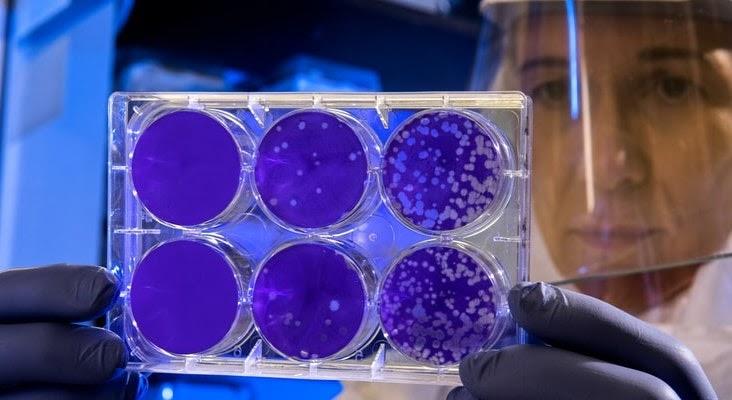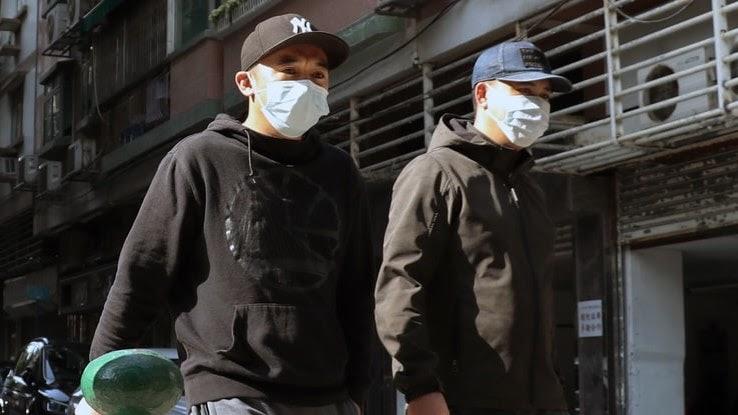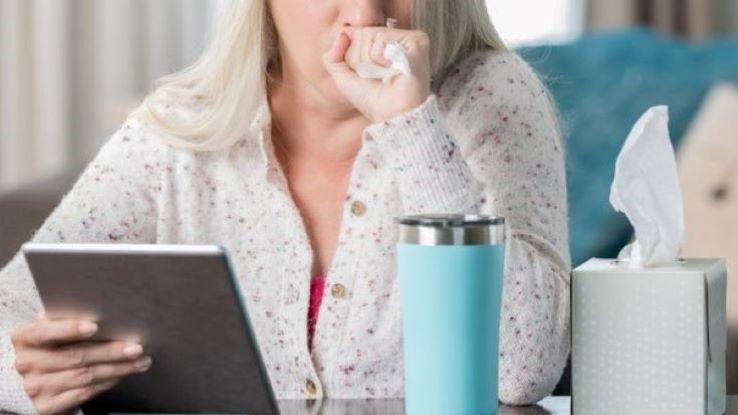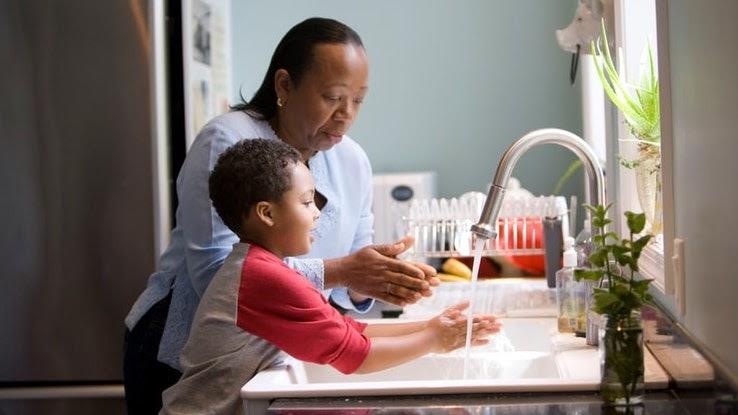
On April 2, 2020, the worldwide number of confirmed cases of the novel coronavirus, which causes an illness called COVID-19, topped 1 million. As social distancing and stay-at-home orders become routine parts of everyday conversations, there remains an overwhelming amount of uncertainty as this unprecedented situation unfolds in real time.
Much of the uncertainty and confusion swirl around the symptoms and what you should or shouldn’t do if you think you may have this disease. Use this quick guide to better understand what happens when someone gets COVID-19.
Understanding How It Spreads
COVID-19 first appeared in China in December 2019, and it was declared a pandemic by the World Health Organization (WHO) on March 11, 2020. Because it’s a new form of coronavirus, the scientific and medical communities are still learning about how it spreads and how it affects people’s bodies.

That’s an important point for everyone in the world to consider as they try to protect themselves and their loved ones from exposure. The Centers for Disease Control and Prevention (CDC) has compiled a list of how the virus spreads, noting that it’s transmitted from person to person. Recent research suggests that you can catch it from someone who has no symptoms of the virus, underscoring the value of social distancing in halting the spread.
How Coronavirus Makes You Sick
Dr. Gregory Poland, the director of the Vaccine Research Group at the Mayo Clinic, explains that the virus works much like a lock and a key. Its structure has key-like projections that look for human cells with receptors that function as locks. When the virus’ key projection enters a cell’s lock, the virus gets into the human cell. Eventually, it takes that cell over and uses it to make copies of itself until the cell bursts open and the virus can spread to the next cells. Dr. Poland notes that this is how most viruses work, but coronavirus is particularly effective in finding receptors, binding to them and taking over the cells.

Coronavirus Symptoms
Anecdotally, loss of taste and/or smell has been reported as an early symptom that some people experience with the coronavirus. As of April 3, 2020, there wasn’t sufficient scientific evidence supporting it as a definitive symptom, but doctors and researchers are actively looking into it.

The CDC estimates that symptoms typically occur within two to 14 days of exposure to the novel coronavirus. Patients report a range of symptoms that can be very mild, much like a cold or allergies. But symptoms can also be more pronounced, with body aches and fever similar to the flu. The CDC advises that some of the more notable symptoms include a dry cough originating near your breastbone, a fever of 100 degrees Fahrenheit or higher or shortness of breath with or without a cough.
As researchers learn more about the virus and more information becomes available, some lesser-known symptoms have also emerged among some — not all — patients. These include digestive problems like abdominal pain, nausea and diarrhea. Other possible under-the-radar symptoms include dizziness, headaches, chills, muscle aches and a sore throat.
What to Do If You Think You Have Coronavirus
If you think you might have COVID-19, there are several important steps that you can take. The CDC has an online self-checker designed to help you make decisions about the best time to seek medical care.

Many people who contract the novel coronavirus experience mild symptoms, and they’re able to remain at home to recover. During this time, it’s important to stay at home and away from other people as much as possible. Wash your hands frequently. Make sure everyone else in the home washes their hands and regularly cleans shared surfaces.
It’s important to keep in close contact with your doctor, who can tell you whether you should be evaluated or get tested. In many instances, medical professionals advise everyone to stay at home and isolate themselves as much as possible while they’re recovering.
If you experience any emergency signs, you’ll need to get medical attention right away. Call ahead to your local emergency room to get information on the procedure to follow before you show up. Or, call 911 and let the dispatcher know that you believe you have coronavirus. Emergency symptoms include difficulty breathing, persistent chest pain or pressure, confusion and a blue tint to your face or lips.
If you’re caring for someone else who has the illness, try to maintain a distance of at least 6 feet to minimize the spread of the virus. Monitor that person, keeping an eye out for emergency warning signs that mean they need immediate medical attention.





